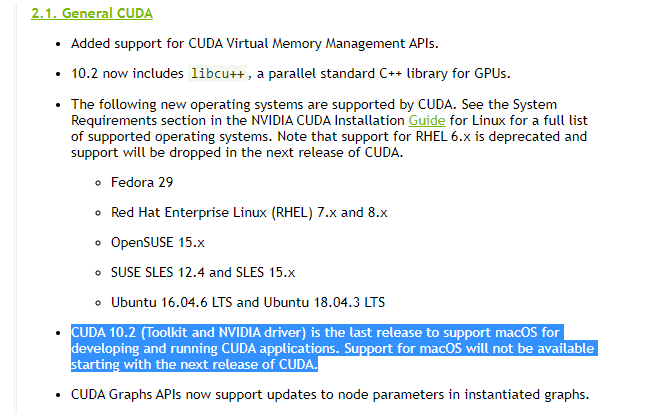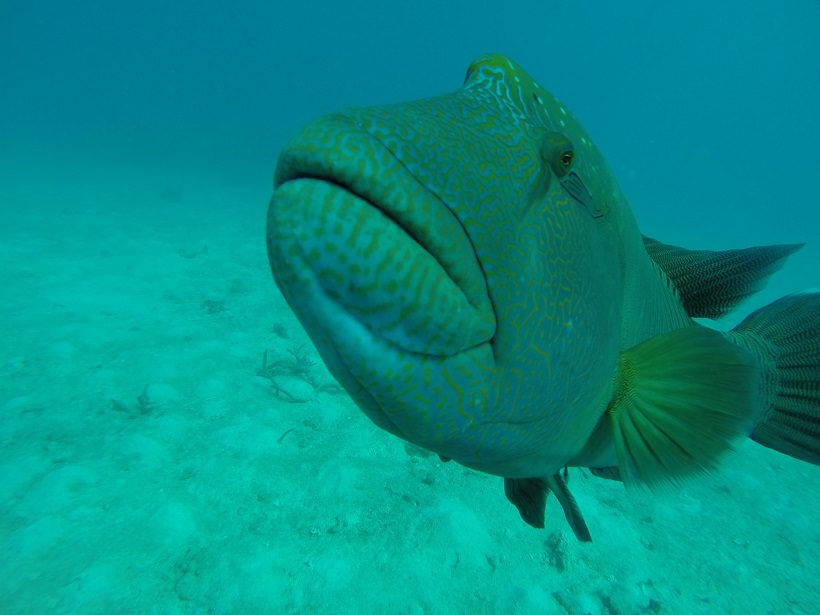Unmanned aerial vehicles or UAVs with a real-time video feed offer numerous vision applications ranging from civil to military use cases. Many of these applications depend on detection of objects and tracking those objects along the scenes. The feedback from tracking data can also be used to automatically steer UAVs to follow that object or person of interest. In this article we’ll use code example to show how this can be done using CUVI. We will use the following video feed captured via a UAV, courtesy of IVUL lab at kaust.
The above video is captured at a resolution of 1280×720 at 24fps and is increased to 30fps for viewing purpose. In this example, we will track the black SUV across the feed using CUVI’s goodFeaturesToTrack and trackFeatures functionality.
Continue reading “Aerial Object Tracking on CUDA with CUVI”

